If your journey to visit ancient sites began with the hanging sculptures in Shanxi, then the rest of your itinerary is bound to be somewhat lacking in surprises, because your starting point is truly too high. As one of the most indispensable highlights of a trip through Shanxi, the hanging sculptures offer you a sense of awe and emotion that is difficult to come by at other locations. It is an immensely magical experience.
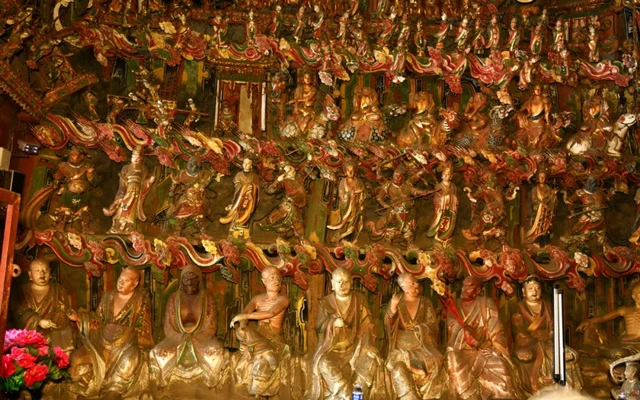
Just a step away from entering the hall, there is a feeling of entering a dazzling and astonishing world. These gracefully suspended deities and Buddhas make you feel as though you have stepped into the magnificent Buddhist fairyland described by ancient people, no matter which direction you face. They lean slightly, as if gazing, yet also seem to be simply resting there. Being among them, your eyes are filled with shimmering colors.
Hanging sculptures are a very unique form of sculpture. Drawing inspiration from more ancient reliefs, people unlocked figures from two-dimensional images, giving rise to extraordinary sacred scenes of deities and Buddhas. They are different from colored sculptures and not like frozen brushstrokes; these Buddha niches on the walls display an almost lifelike posture. In this article, let us follow the footsteps of Art Culture-China to learn about hanging sculptures and which hanging sculptures in China are worth seeing.
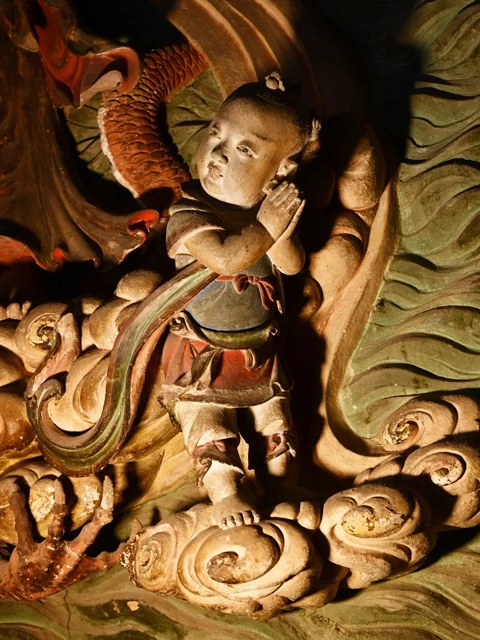
01 - What are hanging sculptures?
Highlighting a part from a simple image is not a new concept. Whether in the ancient and rugged bronzes, or in the more atmospheric image stones and image bricks, we can find similar inspirations. However, these cannot be called "sculptures," at most they are just a form of carving. The true essence of hanging sculptures can be traced back to the Tang Dynasty. In the Mogao Caves, there is a known earliest hanging sculpture - the Bodhisattvas attending a gathering on the wall of Cave 27 from the Tang Dynasty.
Originally, there should have been twelve Bodhisattvas, distributed almost symmetrically around two Buddha niches. Although we can only see two of them now, when placed in the full context, one can still perceive the scene of the twelve Bodhisattvas arriving gracefully and gathering together from the circular holes around the niches and the wooden stakes used for support. Yet, these sculptures are merely "colored sculptures hanging on the wall," unlike the hanging sculptures we see today, which seamlessly blend the sculpted figures with three-dimensional scenes, giving a sense of being present at the scene.
What we now call hanging sculptures (Xuan Su, 悬塑) can also be referred to as wall sculptures (Bi Su, 壁塑), known as shadow walls (Yin Bi, 影壁) or landscape walls (Shan Shui Bi, 山水壁). Some scholars believe that they share the same origin with Chinese landscape paintings, inspired by Yang Huizhi, a disciple of Wu Daozi, who drew inspiration from landscape paintings to create this art form. As time progressed, the master of landscape painting in the Song Dynasty, Guo Xi, drew inspiration from this artistic form, integrating the sculpted figures with the background extending from the painting, forming the common wall sculpture style we see today. Subsequently, hanging sculptures officially became a distinct art form, an essential part of Chinese sculptural history, especially flourishing during the Ming and Qing dynasties.
02 What is expressed by hanging sculptures?
During this period, hanging sculptures were not only widely distributed, rich in form, and colorful, but also showed clear distinctions in themes and content. In terms of themes, they can generally be divided into two categories: those focusing on landscapes and those focusing on figures. Hanging sculptures that emphasize landscapes often depict scenes and worlds, especially in Buddhist themes where they are likely to depict scenes from Buddhist scriptures.
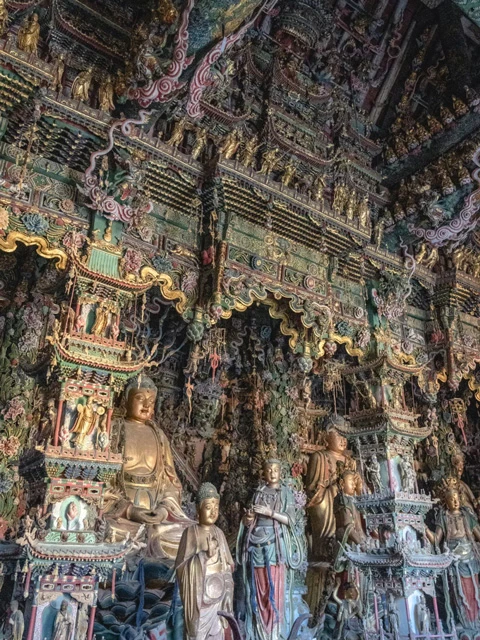
These sculptures may carve out mountains, clouds, pavilions, towers, temples, and pagodas on the walls of grand halls, with figures, mythical creatures, flowers, and plants scattered throughout the entire composition as embellishments.
An example of this type of hanging sculptures is the group of "Five Hundred Arhats Crossing the River" at the Shutuo Temple in Mount Wutai. It portrays the story of 500 Arhats, matured by the teachings of Manjusri Bodhisattva, traveling to pay homage to Manjusri's hometown in the country of Shewei. On the other hand, sculptures focusing on figures are more straightforward, with the depiction of figures taking up the majority of the composition. Using Buddhist themes as an analogy, these sculptures can be likened to the transmission of Buddhist teachings.
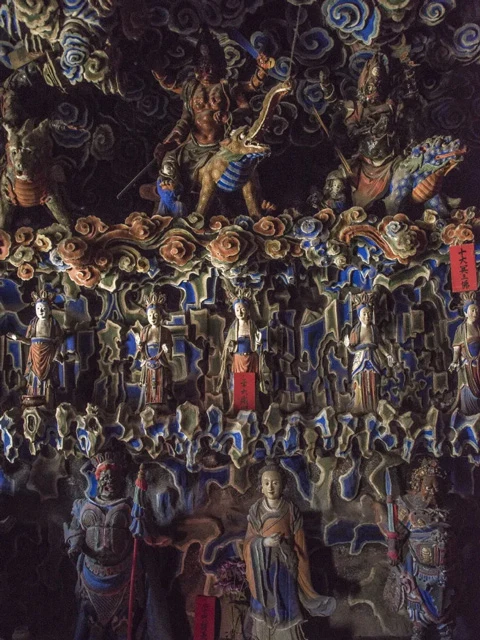
These sculptures are usually divided into several layers, with natural divisions within the architecture separating different figures such as Buddhas, immortals, monks, Taoists, warriors, scholars, fairies, demons, and donors, each playing out their own joys and sorrows.
The Changzhi Guanyin Hall hanging sculptures is a representative example, where the walls, pillars, beams, and frames of the temple are filled with characters from mythical legends, with nearly a thousand lifelike statues of various sizes. These statues are only connected by the horizontal beams behind them, hanging in midair on all sides, surrounded by auspicious clouds, evoking a sense of a celestial fairyland. Additionally, they can be categorized based on different content such as religious stories, historical tales, and more, but further elaboration on this is unnecessary here.
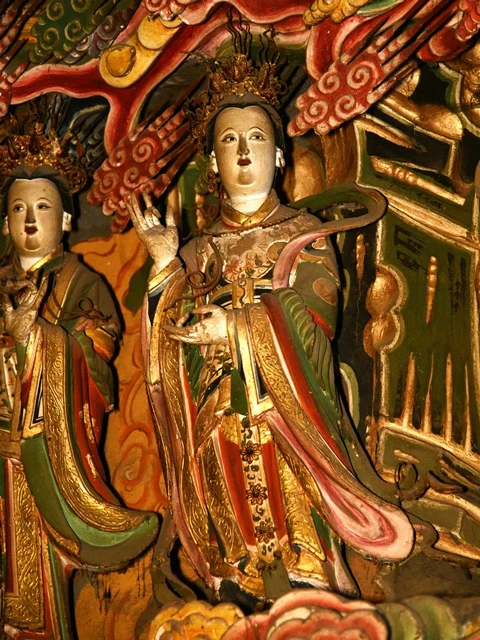
03 - The seven most remarkable hanging sculptures in Shanxi
As an excellent way to showcase people's devout beliefs and good wishes, the distribution of hanging sculptures can be described as blooming everywhere, with remnants found in grottoes, temples, and monasteries in Gansu, Shaanxi, Shanxi, Hebei, Jiangsu, and other places. However, even the colored sculptures on the ground are difficult to preserve due to factors such as environmental humidity and warfare, let alone those hanging on the walls.
Therefore, nowadays, similar to ancient buildings, the preservation of hanging sculptures is more common in the northern regions than in the southern regions, with Shanxi Province in the northern region preserving the most and having the most diverse types. Hence, Art Culture-China have carefully selected the seven most worth-seeing hanging sculptures in Shanxi Province, enough to immerse you in the ideal world of ancient people and admire the exquisite craftsmanship of ancient artisans.
Xiaoxitian in Xixian County
Xiaoxitian in Xixian County is a Zen temple where marvels can be found everywhere. In the space of over 1100 square meters, the four words "small, exquisite, refined, and marvelous" are displayed to the fullest. Moreover, the colored hanging sculptures in the upper courtyard of Xiaoxitian are particularly astonishing.
Within a small hall of only two hundred square meters, more than 1030 colored sculptures are arranged around 5 main statues. The majestic Buddhas, Bodhisattvas, the ten great disciples, as well as the three-dimensional and splendid small statues, together form the scenes of Buddha's teachings.
The sculptures revolve around the Pure Land and Nirvana ideology, gradually unfolding the interconnected levels of life destinations from the three realms of heavenly beings to the Western Pure Land and then to the realm of Nirvana, collectively creating a magnificent scene of the Buddha's heavenly palace. All the sculptures here are proportionate, vivid, and natural, with the largest Buddha statue being over 3 meters high and the smallest fitting in the palm of one's hand. They are intricate yet orderly, complemented by layers of pavilions and towers.
Throughout the entire hall, whether it be the compassionate Buddhas, Bodhisattvas, disciples, or the vibrant flying deities, divine birds, and peacocks, all are scattered among the walls, rafters, and pillars, adorned in colorful decorations, exquisite and unparalleled.
They not only present the enchanting scenes of celestial palaces but also exude a sense of vitality. Creating the blissful world of the Buddha's Pure Land among numerous fantastical realms. To this day, Xiaoxitian in Xixian County has endured over three hundred years, yet apart from two major renovations, these sculptures still maintain their original grace since they first appeared.
Shuanglin Temple in Pingyao
Today, when people go to admire the colored sculptures in Shuanglin Temple, they are probably drawn by the fame of the "Number One Vairocana" statue. However, what few people know is that every hall in Shuanglin Temple is filled with hanging sculptures, totaling 2052 statues, with 1566 of them in good condition.
The techniques employed include round carving, deep and shallow relief, depicting various Buddhist stories, various Avalokitesvara images, Heavenly Kings, attendants, Arhats, etc., portraying a diverse range of secular figures and life scenes, possessing high artistic value.
These over two thousand colored clay sculptures inherit the traditional styles of Tang Dynasty as well as the Song, Liao, Jin, and Yuan dynasties' colored sculptures in China, characterized by a highly realistic style, ranking among the finest in Ming Dynasty colored sculptures.
Guanyin Hall in Changzhi
The Guanyin Hall in Changzhi has long been renowned for its exquisite hanging sculptures. Within the Guanyin Hall of Changzhi, the walls on all three sides, the beams, rafters, doors, windows, and roof are all adorned with colored clay sculptures and hanging sculptures dating back to the Wanli period of the Ming Dynasty, with around 500 statues housed in a 60-square-meter space.
These colored clay sculptures and hanging sculptures of Confucianism, Buddhism, and Taoism intermingled are either placed on altars, against mountain walls, or on beams and pillars, some exuding a robust and imposing aura, while others display grace and magnificence, with some showcasing elegant demeanor and myriad postures.
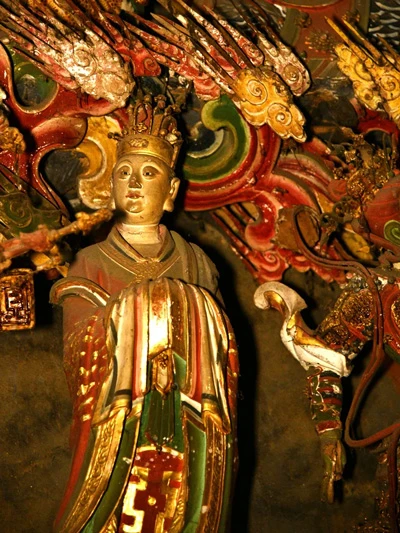
Taifu Temple in Fenyang
The left and right side halls of Taifu Temple in Fenyang are filled with hanging sculptures, each displaying unique craftsmanship. The East side hall is dedicated to the Houtu Shengmu, reconstructed during the Wanli period of the Ming Dynasty, containing a well-preserved group of Ming Dynasty colored sculptures.
The mountain wall behind the sculptures in the hall is adorned with a mural of a banquet scene, depicting the life within the Shengmu's palace in a delightful and harmonious manner, where rolling mountains and rising clouds blend seamlessly with the characters.
Fusheng Temple in Xinjiang
Fusheng Temple, built during the Zhenguan period of the Tang Dynasty, the Maitreya Hall and the lower part of the scripture repository are remnants from the Yuan Dynasty. The Western Three Saints enshrined in the hall are original works from the same period as the main hall. Behind the mountain wall is an elaborate hanging sculptures of Guanyin Crossing the Sea, sculpted in the second year of the Yuanzhi reign (1322). Guanyin Bodhisattva, walking on auspicious clouds amidst a sea of clouds, is flanked by two divine kings, with the dynamic curves of the sea lines emphasizing the tumultuous atmosphere.
Chongqing Temple in Changzi
The most famous part of Chongqing Temple is undoubtedly the Song Dynasty statue of Guanyin and Arhats in the Hall of the Three Virtuous Ones, as one of the three existing Song Dynasty Arhat statues in China, displaying fullness and vigor, with versatile expressions, exuding an ancient and vigorous charm. However, what few people know is that within the Dizang Hall of Chongqing Temple, there is a group of extremely precious Ming Dynasty hanging sculptures. On the two mountain walls inside the Dizang Hall, six officials of the underworld are sculpted, with hanging sculptures of Buddhas, Bodhisattvas, Heavenly Kings, disciples, and divine kings above, all Ming Dynasty works, showcasing superior sculpting skills.
Houtu Temple in Jiexiu
Houtu Temple in Jiexiu, located on Maodi Street in Jiexiu City, Shanxi Province, is a Taoist Quanzhen Pai temple known historically as the "home of Taoism." Generally, those who first encounter Houtu Temple in Jiexiu are captivated by its dazzling glass under the sunlight, but what few know is that within the East and West side halls of Sanqing Temple, there are over 800 colored clay sculpture deities, regarded as a "treasure trove of Ming Dynasty colored sculptures."
These sculptures, each with unique poses and natural expressions, exhibit highly refined sculpting techniques, showcasing a complete set of Taoist deities, a rarity among existing Taoist architectural structures nationwide.
These sculptures, each with diverse and lifelike expressions, arranged in three layers of upper, middle, and lower levels, encompass a comprehensive array of Taoist deities. Progressing through the process of worshiping the Three Pure Ones, they create a grand and dynamic "Revering the Myriad Saints" scene.
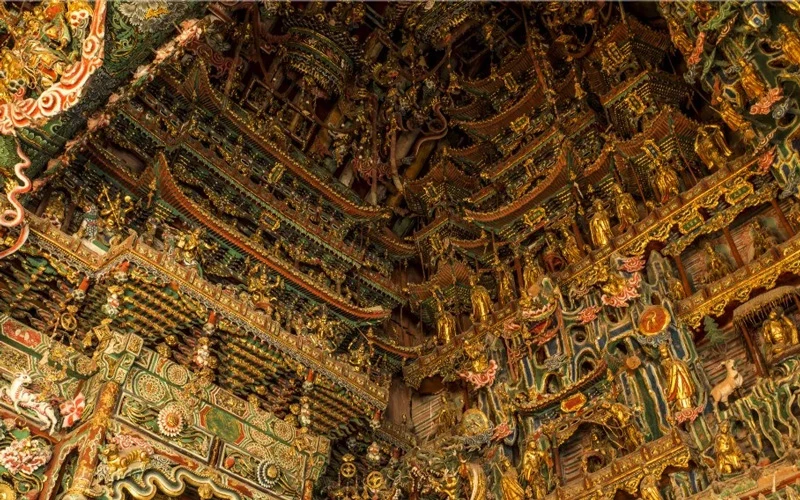
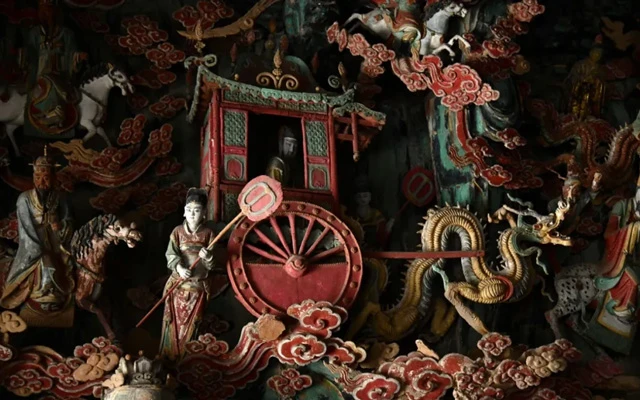
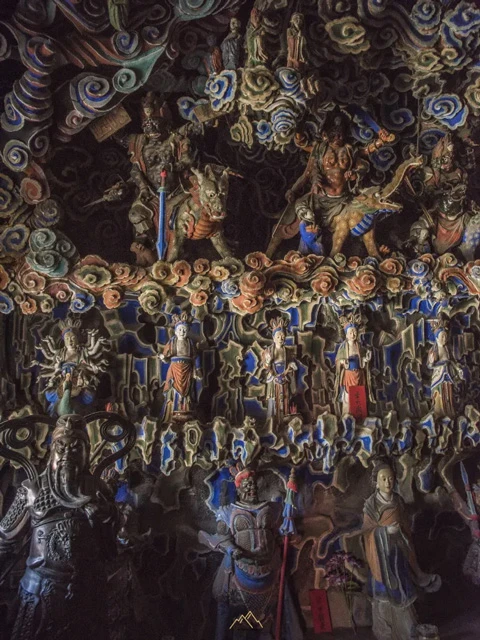
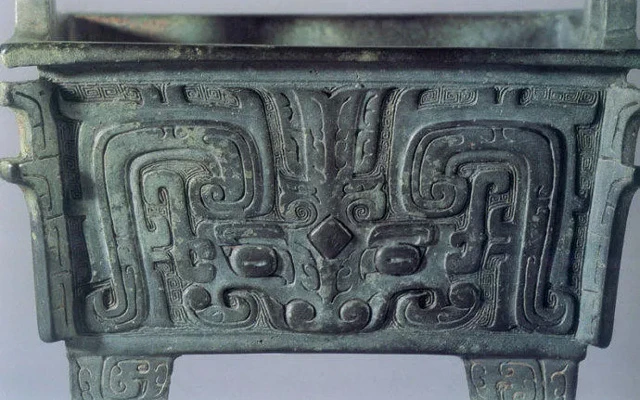
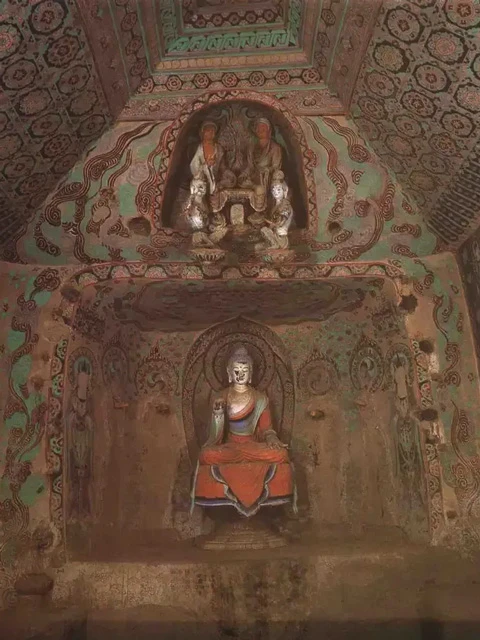
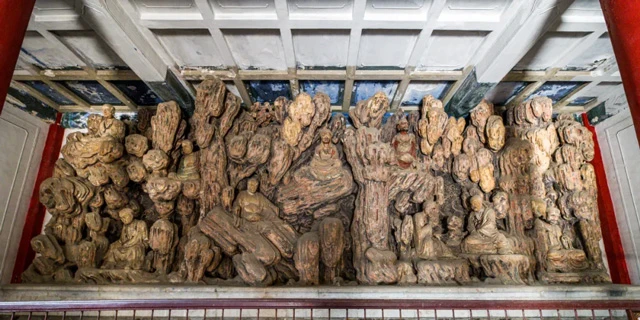
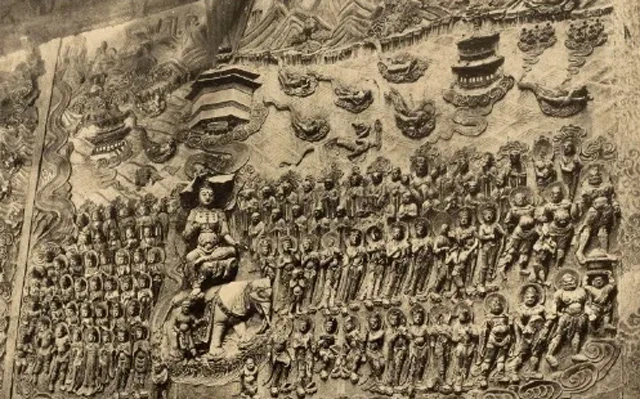
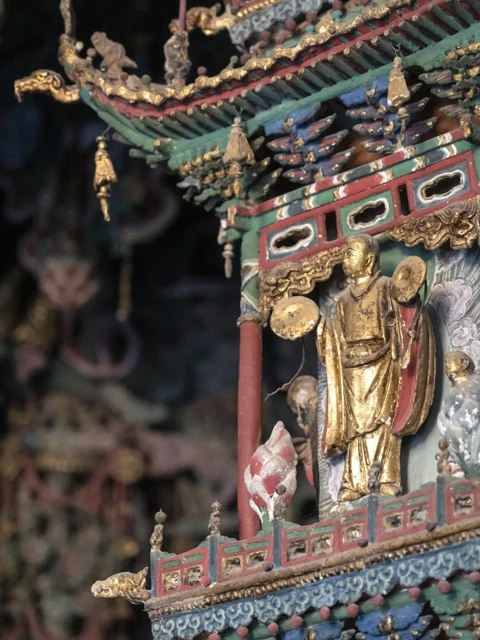
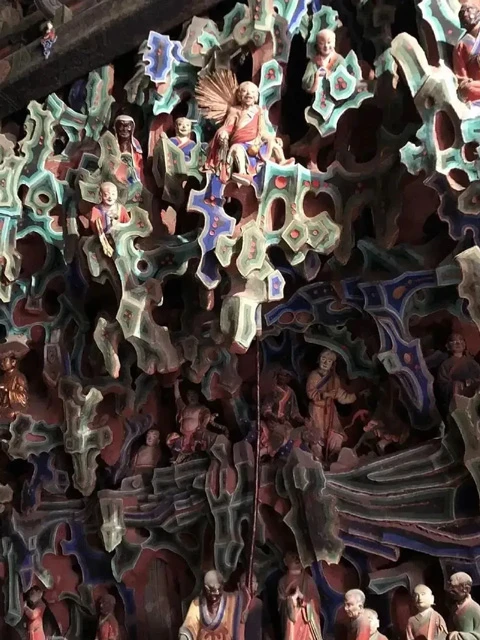
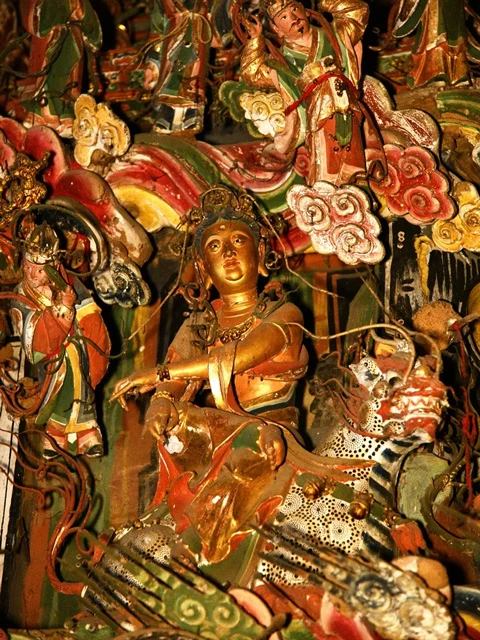
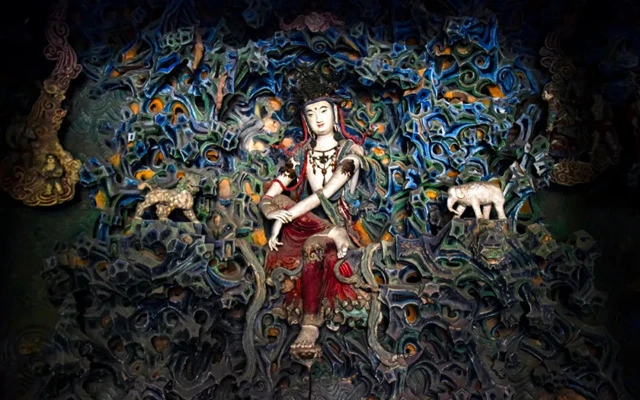
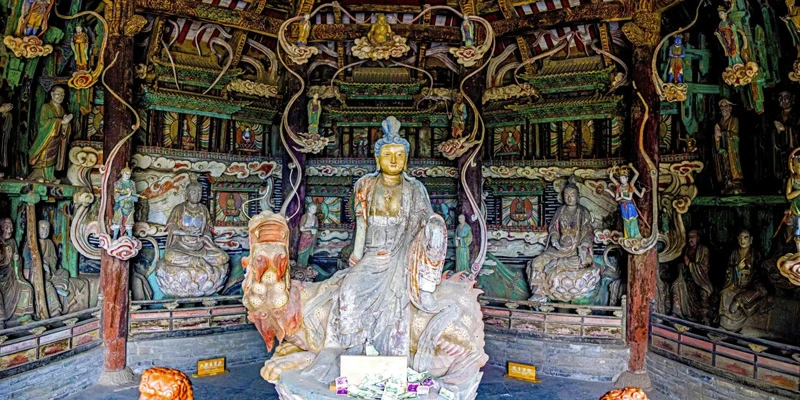
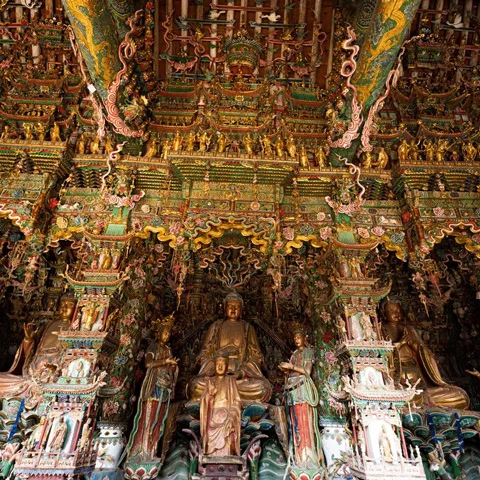
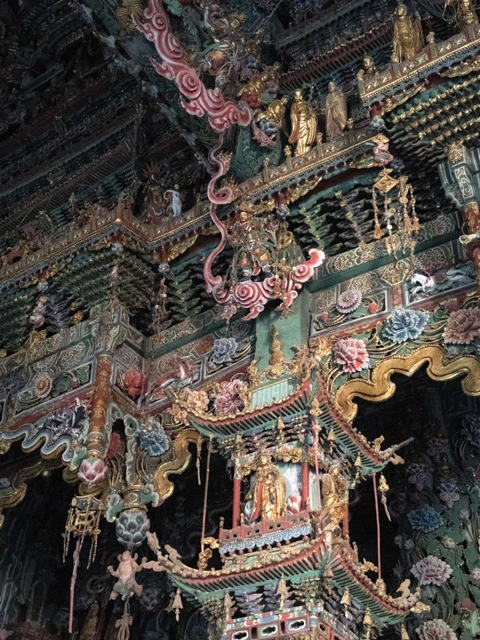
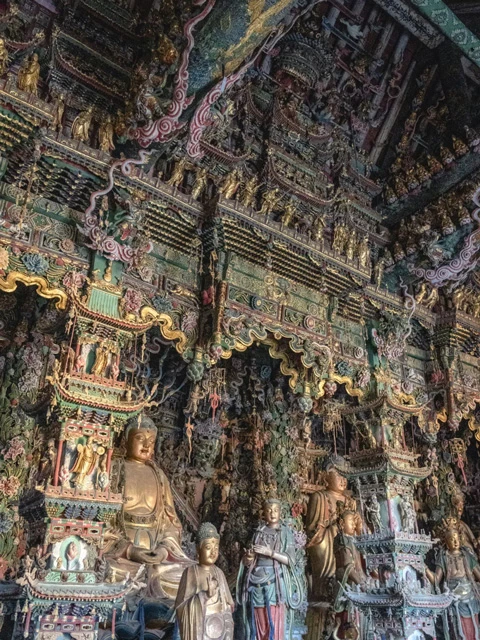
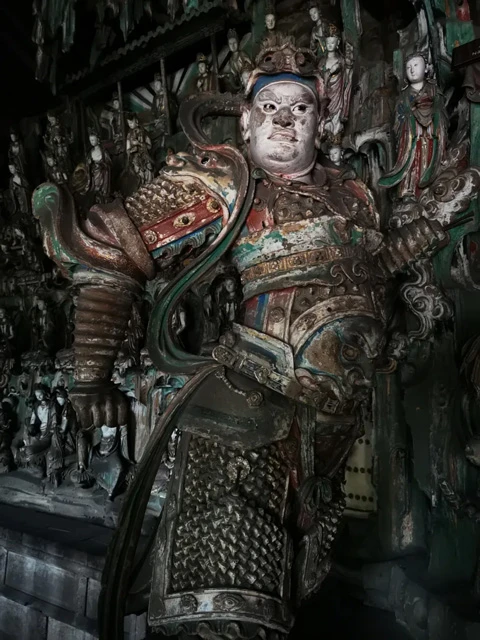
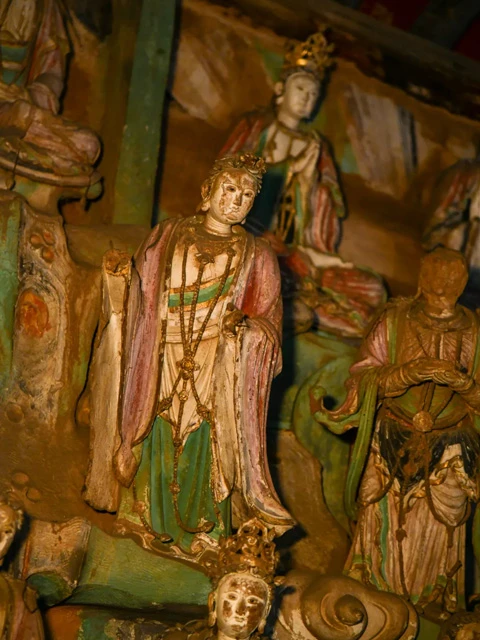
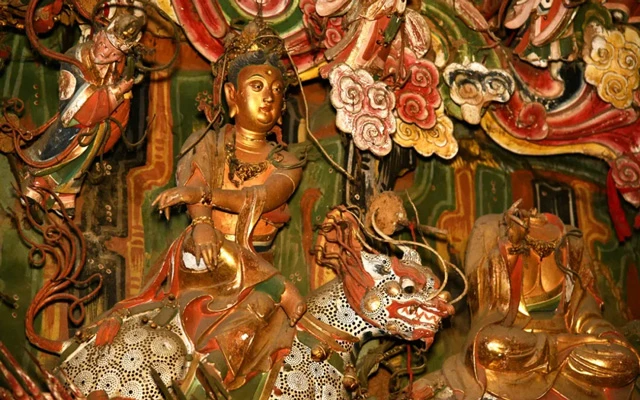
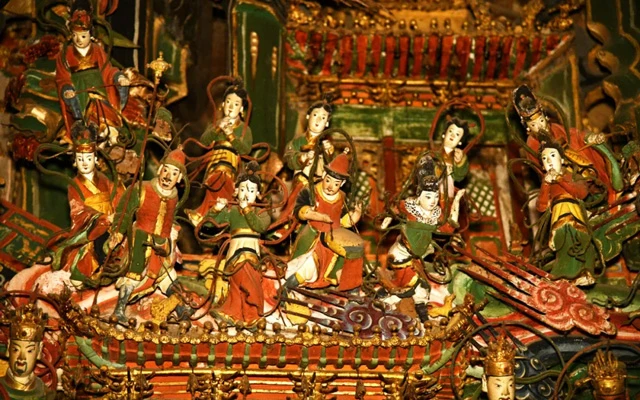
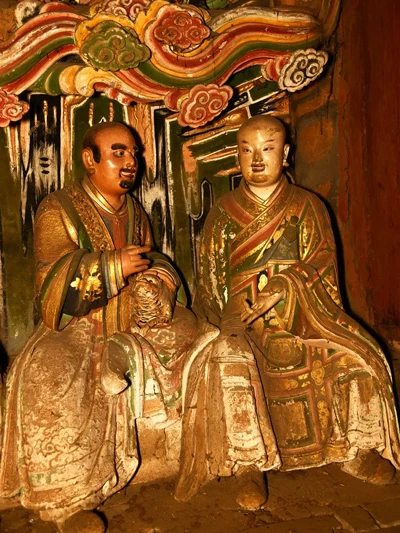
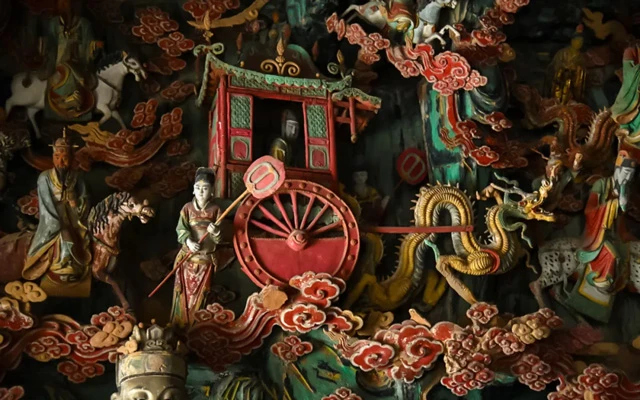
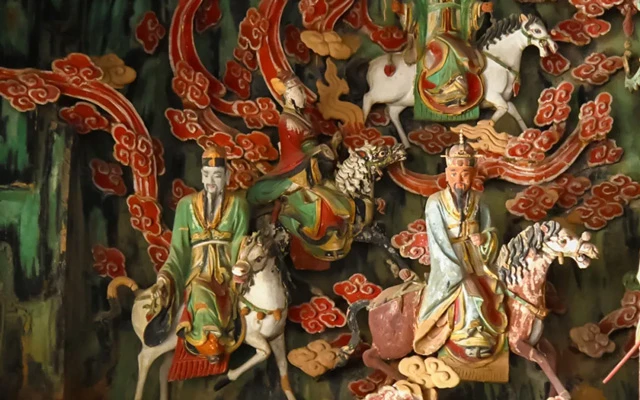
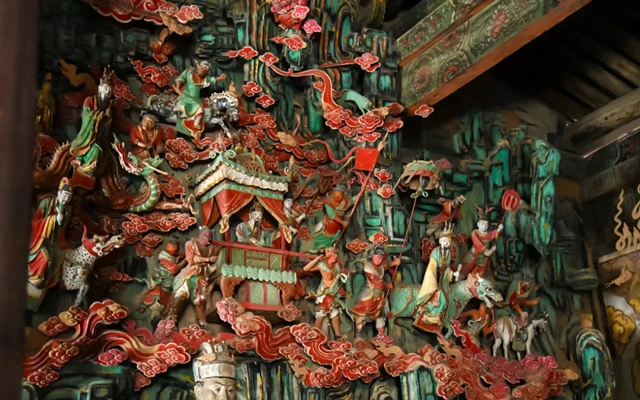
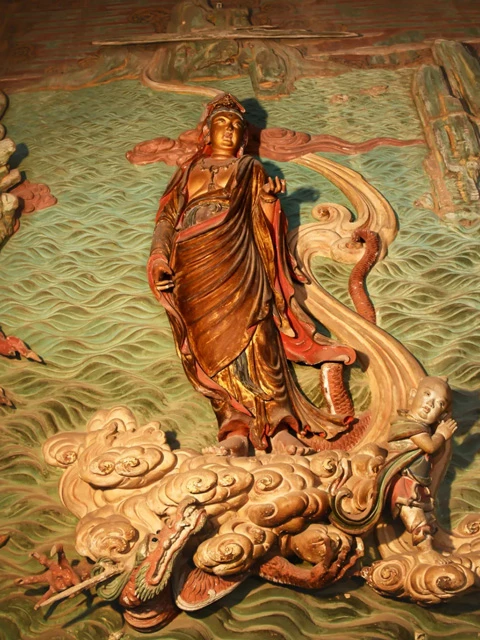
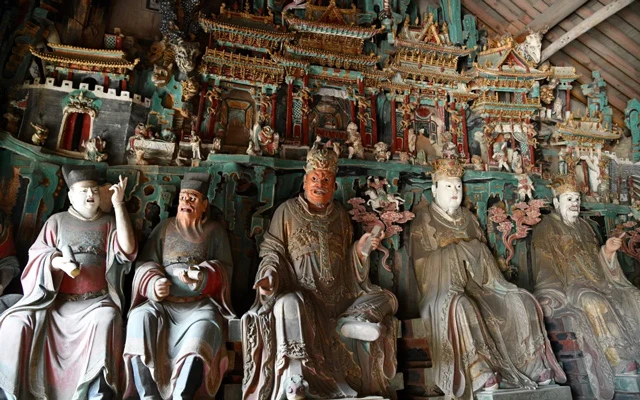
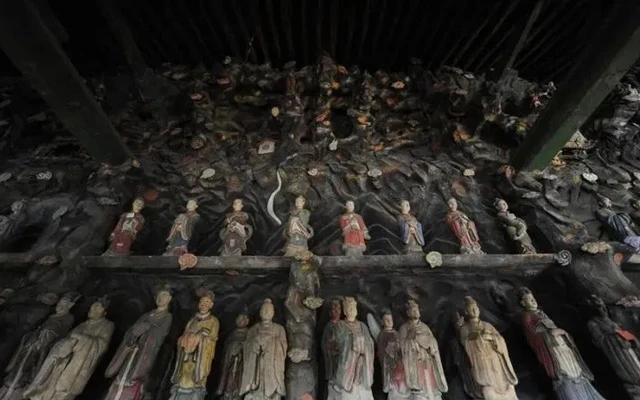
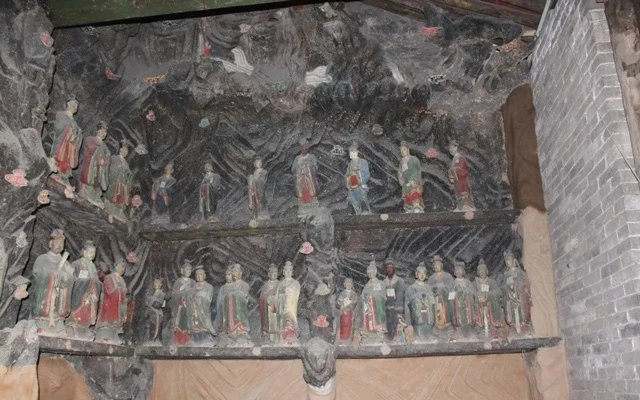


Bookmarked! These are gorgeous, I’ll have to find a way to incorporate some art into my lessons on China for my students!